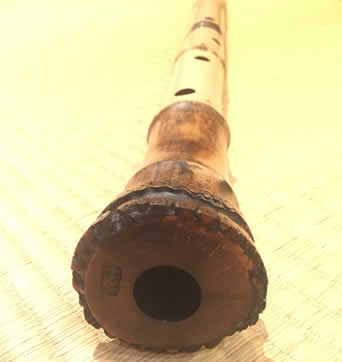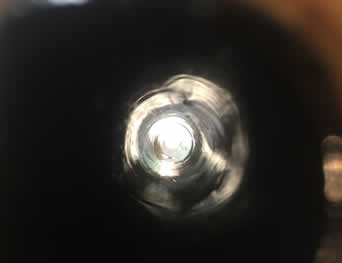The Approach
A Jiari Shakuhachi refers to a Shakuhachi which has had JI applied along the inside of the bore. Jiari is the standard and most common type of modern style Shakuhachi. Shawn’s approach to Jiari Shakuhachi making is simple; make a beautiful and refined, smooth and shiny bore that has a well-balanced pitch. Shawn crafts Jiari Shakuhachi to be responsive, and responsive through octaves. He creates a Shakuhachi that is comfortable, with a tone color that rings true to Jiari Shakuhachi. When making Jiari Shakuhachi, JI is applied to the inside of the bore. JI is a paste made of a mixture of Japanese urushi lacquer and tonoko powder. The result is a traditional paste that is carefully hand applied to the inside of the bore to manipulate the resonance spots. The JI is given ample time to dry under the correct conditions. Once the JI is dry, most of it is shaved off smooth using precise and traditional techniques that create certain dimensions which enable optimal sound quality. Shawn uses traditional Japanese measuring gauges to create dimensions inside of the bore when working with JI to create a masterful Jiari Shakuhachi. Once the bore shape is within the desired measurements, and the sound is getting close to tune, Shawn will work with the Shakuhachi to provide further spot tuning on pressure points, and apply hand-tailored adjustments to achieve optimal clear tones and colors throughout each note. Once Shawn is satisfied with the sound quality, he will apply a finishing coat of Urushi to the Shakuhachi. When tuning, his own ear is searching for sounds that capture his lineage with Shakuhachi. Shawn’s style of playing is based on his sensei’s teaching of KATSUYA YOKOYAMA / KINKO School . Shawn has also studied TOZAN Shakuhachi lineage. When tuning a TOZAN Shakuhachi, Shawn would adjust his ear to the proper tone colors.




